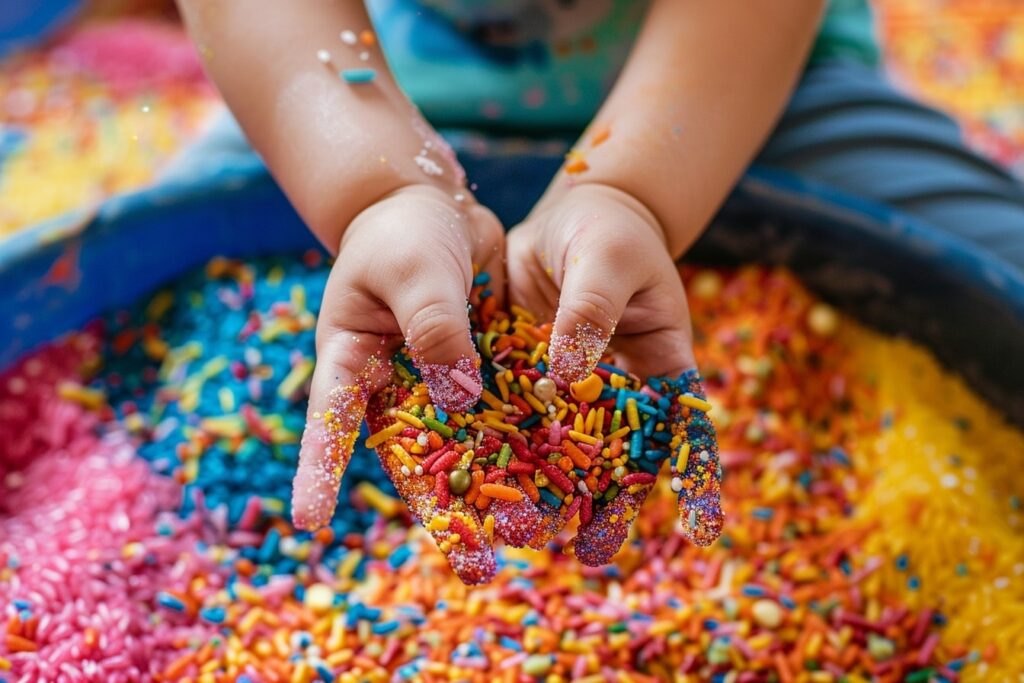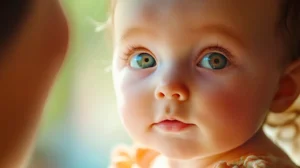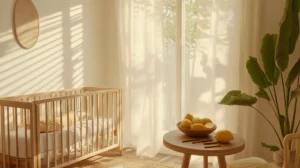Table of Contents
ToggleDIY Toddler Games: Creating Educational Playtime
Inspiring and Intriguing Introduction
Picture this: a cozy living room filled with the sounds of laughter and the pitter-patter of tiny feet. Amidst the joyful chaos, a curious toddler is immersed in a world of imagination and discovery, eagerly exploring the wonders of playtime. But did you know that this seemingly simple act of play is not just about fun? It’s also a powerful tool for shaping young minds and fostering holistic development.
As parents, we often marvel at the boundless energy and insatiable curiosity of our little ones. We cherish the moments spent playing together, relishing in the sheer delight reflected in their eyes. Yet, beneath the surface of these precious moments lies a wealth of opportunity for growth and learning.
From the earliest stages of life, play serves as a gateway to understanding the world around us. It ignites the imagination, stimulates the senses, and lays the foundation for essential skills that will shape a child’s future. And for toddlers, in particular, play is not just a pastime—it’s a vital component of their cognitive, social, and emotional development.
But in today’s fast-paced world, where screens often compete for our attention, it’s easy to overlook the transformative power of hands-on, interactive play. That’s why I’m passionate about rediscovering the joy of DIY toddler games—simple yet meaningful activities that not only entertain but also educate.
In this article, we’ll embark on a journey of exploration and creativity as we delve into the realm of educational playtime. Together, we’ll discover the magic of sensory play, the wonders of fine motor skills, the beauty of language development, the joys of social interaction, and the excitement of cognitive growth. So grab your little one’s hand and let’s embark on this adventure together!
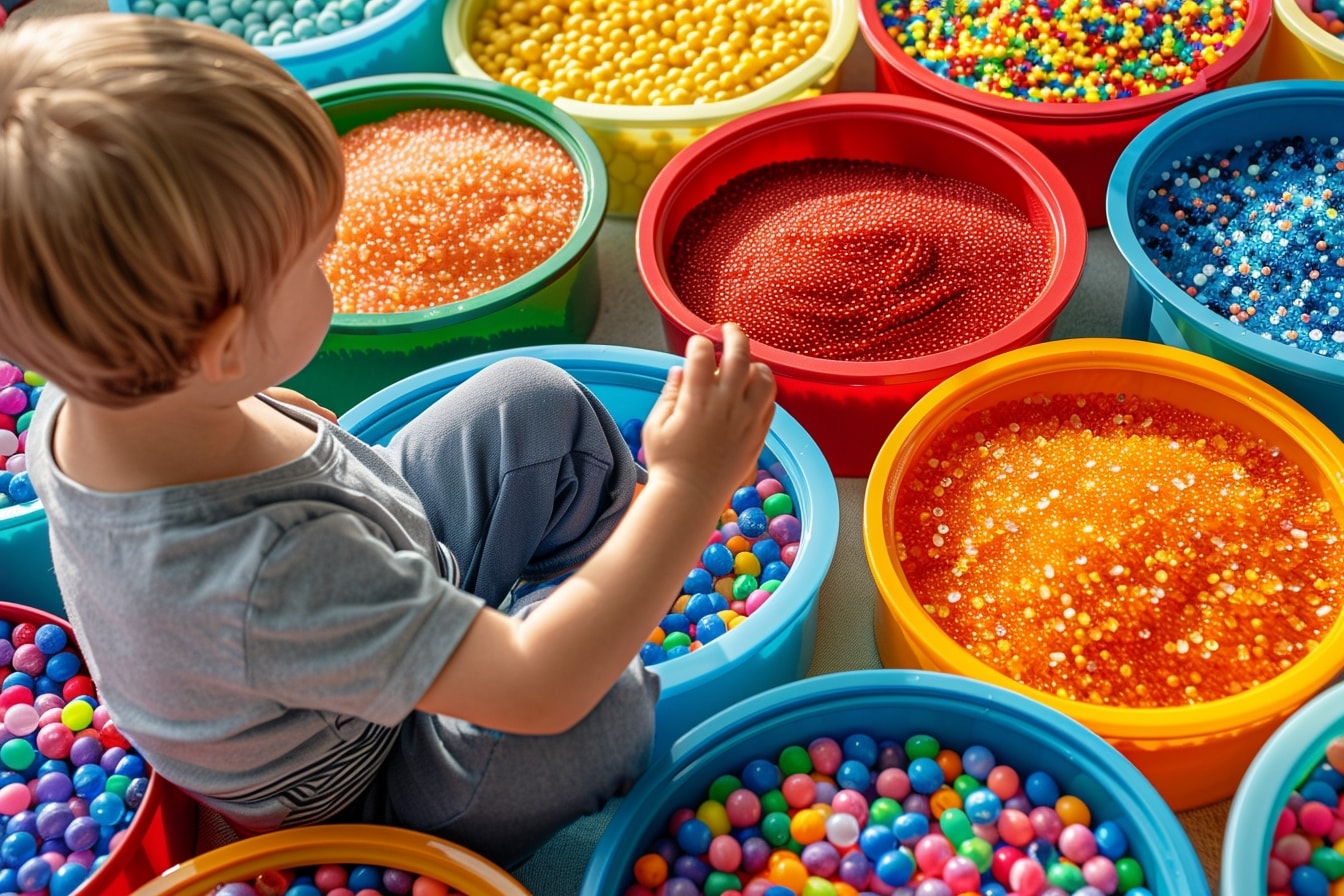
Engaging Sensory Play
Imagine your toddler’s face lighting up with wonder as they plunge their tiny hands into a bin filled with colorful, squishy beads. Or the joy in their eyes as they explore the texture of sand between their fingers, giggling with delight at the sensation. These are the magical moments of sensory play—where ordinary objects transform into extraordinary experiences, igniting a world of discovery and delight.
But sensory play is more than just fun and games—it’s a fundamental building block of early childhood development. From the moment they are born, babies are drawn to the world around them, eager to explore with all their senses. And as they grow into toddlers, sensory play becomes a powerful tool for honing their cognitive, motor, and social skills.
One of the simplest yet most effective ways to engage your toddler’s senses is through sensory bins. These versatile containers can be filled with a variety of materials, from rice and pasta to water and shaving cream, providing endless opportunities for tactile exploration. Not only do sensory bins stimulate your child’s sense of touch, but they also encourage imaginative play and creative expression.
Another favorite sensory activity among toddlers is sensory bottles. These captivating containers are filled with a mesmerizing array of materials, such as glitter, sequins, and beads, suspended in liquid. As your child tilts and shakes the bottle, they are treated to a captivating sensory experience, stimulating their visual and auditory senses in a soothing and mesmerizing way.
But sensory play isn’t limited to just bins and bottles—there are countless other ways to engage your toddler’s senses in everyday activities. From finger painting and playdough sculpting to nature walks and messy play, the possibilities are endless. The key is to embrace the opportunity for sensory exploration in all its forms, allowing your child to learn and grow through hands-on experiences.
So why is sensory play so important for toddlers? Research has shown that engaging the senses helps to strengthen neural connections in the brain, laying the groundwork for future learning and development. By providing rich sensory experiences, you are not only stimulating your child’s imagination but also helping them to build essential skills like problem-solving, communication, and self-regulation.
But perhaps the greatest benefit of sensory play is the joy it brings to both parent and child. There’s something truly magical about watching your toddler’s face light up with wonder as they discover the world through their senses. So why not embrace the magic of sensory play and create memories that will last a lifetime?
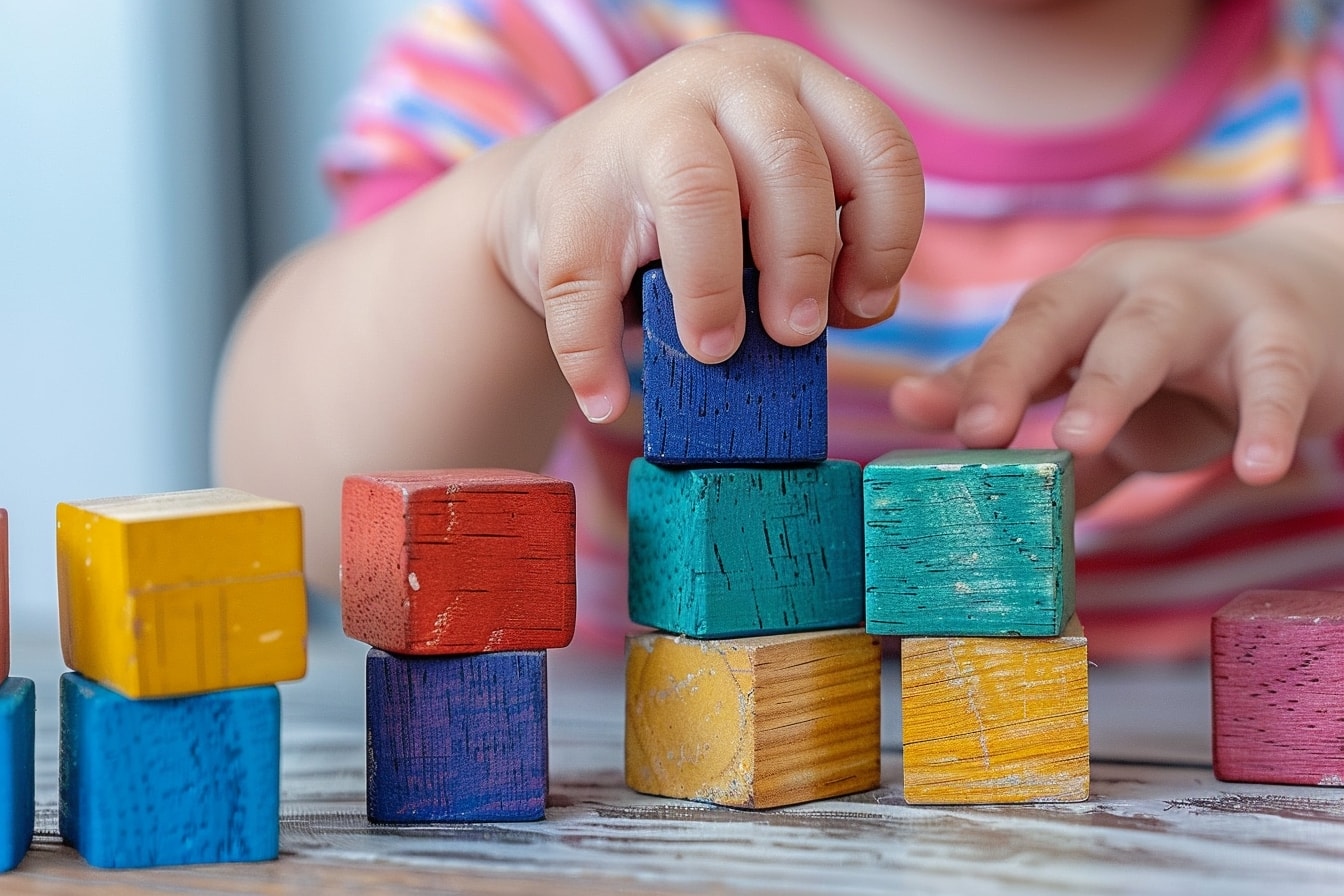
Exploring Fine Motor Skills
Picture your toddler’s tiny fingers delicately grasping a crayon as they carefully scribble across a blank page. Or the concentration on their face as they thread a colorful bead onto a string, their hands moving with precision and determination. These are the moments of fine motor skill development—where small actions lead to big achievements, laying the groundwork for a lifetime of dexterity and coordination.
But what exactly are fine motor skills, and why are they so important for toddlers? Put simply, fine motor skills involve the coordination of small muscles in the hands and fingers to perform tasks that require precision and control. From buttoning a shirt to using a pair of scissors, these skills are essential for everyday activities and academic success.
One of the best ways to foster fine motor skills in toddlers is through hands-on, interactive play. By providing opportunities for your child to manipulate objects and engage in activities that require hand-eye coordination, you can help them develop strength, dexterity, and control in their hands and fingers.
One classic activity for building fine motor skills is finger painting. Not only does this activity encourage creativity and self-expression, but it also helps toddlers refine their grasp and hand movements as they swirl, smudge, and dab paint onto paper. Plus, the sensory experience of squishing paint between their fingers adds an extra layer of enjoyment to the process!
Another favorite among toddlers is lacing cards. These simple yet effective toys consist of colorful cards with pre-punched holes and shoelaces or strings for threading. As your child works to weave the lace through the holes, they are not only refining their fine motor skills but also practicing hand-eye coordination and concentration.
But fine motor skills aren’t just developed through specific activities—everyday tasks like stacking blocks, pouring water, and picking up small objects also play a crucial role. By encouraging your child to engage in these activities regularly, you can help them build strength and coordination in their hands and fingers without even realizing it!
So why is it so important to focus on fine motor skill development during the toddler years? Research has shown that strong fine motor skills are linked to better academic performance, improved handwriting, and increased independence in daily tasks. By laying a strong foundation now, you are setting your child up for success in the future.
But perhaps the greatest reward of all is seeing the pride and confidence that come from mastering new skills. So why not embrace the joy of exploring fine motor skills with your toddler and celebrate every small victory along the way?
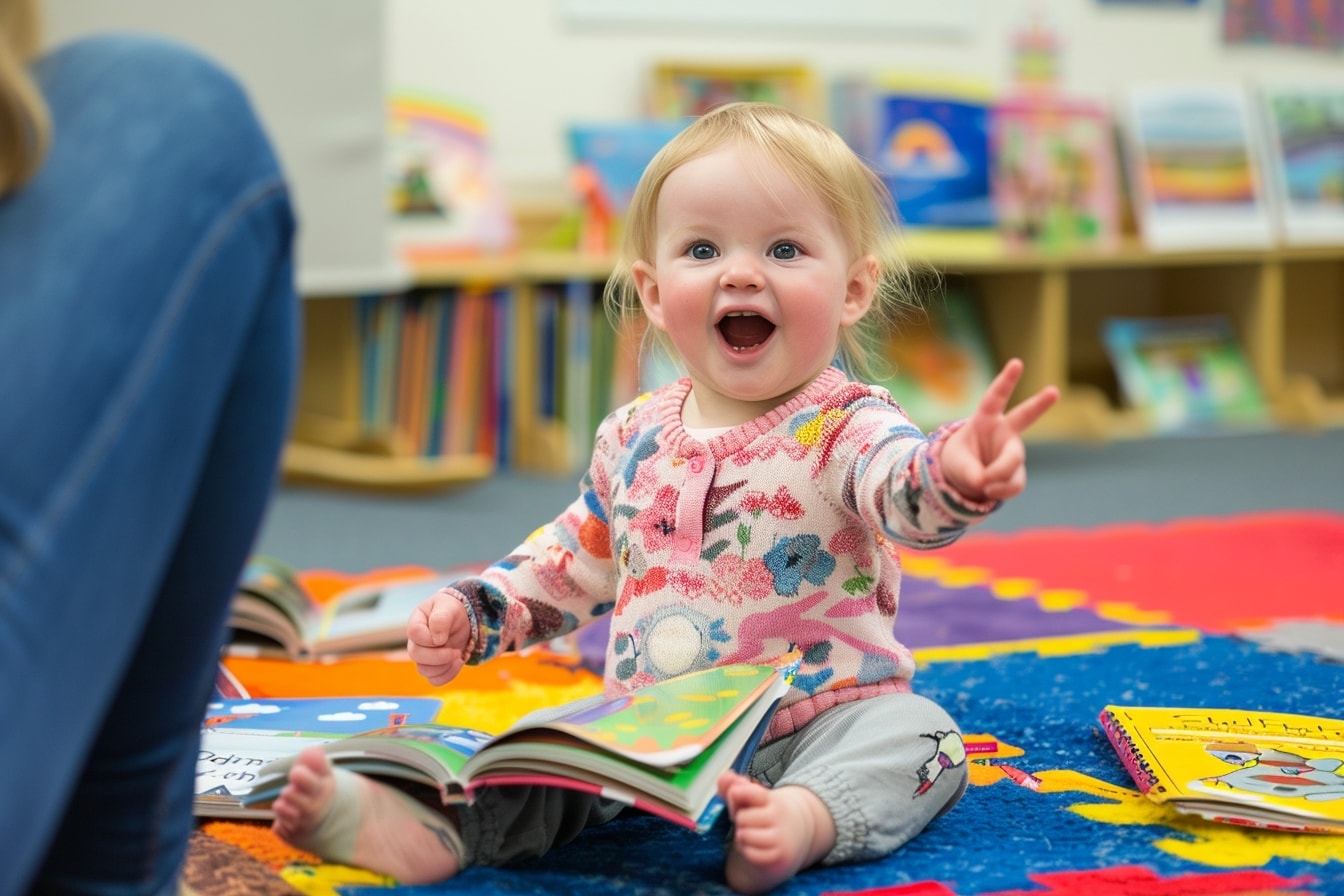
Promoting Language Development
Imagine the joy of hearing your toddler’s first words—those magical moments when gibberish gives way to coherent speech, opening up a world of communication and connection. But language development is so much more than just learning words—it’s about building a foundation for understanding, expression, and connection with the world around us.
From the moment they are born, babies are primed to absorb language like sponges, eagerly soaking up the sounds and rhythms of speech that surround them. And as they grow into toddlers, they begin to experiment with language in new and exciting ways, testing out sounds, words, and phrases as they navigate the intricacies of communication.
But fostering language development in toddlers goes beyond simply teaching them words—it’s about creating rich and immersive language environments that inspire curiosity, creativity, and confidence. One of the best ways to promote language development is through storytelling.
- Storytelling captures the imagination and fosters a love of language in toddlers, inviting them into a world of adventure and possibility. Whether it’s reading a beloved book together or spinning tales of your own invention, storytelling offers endless opportunities for language exploration and expression.
- Another powerful tool for promoting language development is through songs and rhymes. From nursery rhymes to silly sing-alongs, music engages multiple senses and helps toddlers internalize the rhythms and patterns of language. Plus, the repetitive nature of songs and rhymes makes them easy for young children to remember and imitate.
- But language development isn’t just about what we say—it’s also about how we listen. By engaging in meaningful conversations with your toddler and responding attentively to their attempts at communication, you create a supportive environment where language flourishes. Encourage your child to ask questions, share their thoughts, and express their feelings, validating their experiences and fostering a sense of connection.
- And let’s not forget the power of play in language development. Whether it’s engaging in imaginative pretend play or engaging in simple games of I spy, play provides a natural context for language learning and practice. Encourage your child to use words to describe their actions, objects, and experiences, building vocabulary and comprehension skills along the way.
But perhaps the most important thing to remember is that language development is a journey, not a race. Every child progresses at their own pace, and it’s important to celebrate their unique milestones and achievements along the way. So why not embrace the magic of language development with your toddler and enjoy the journey together?
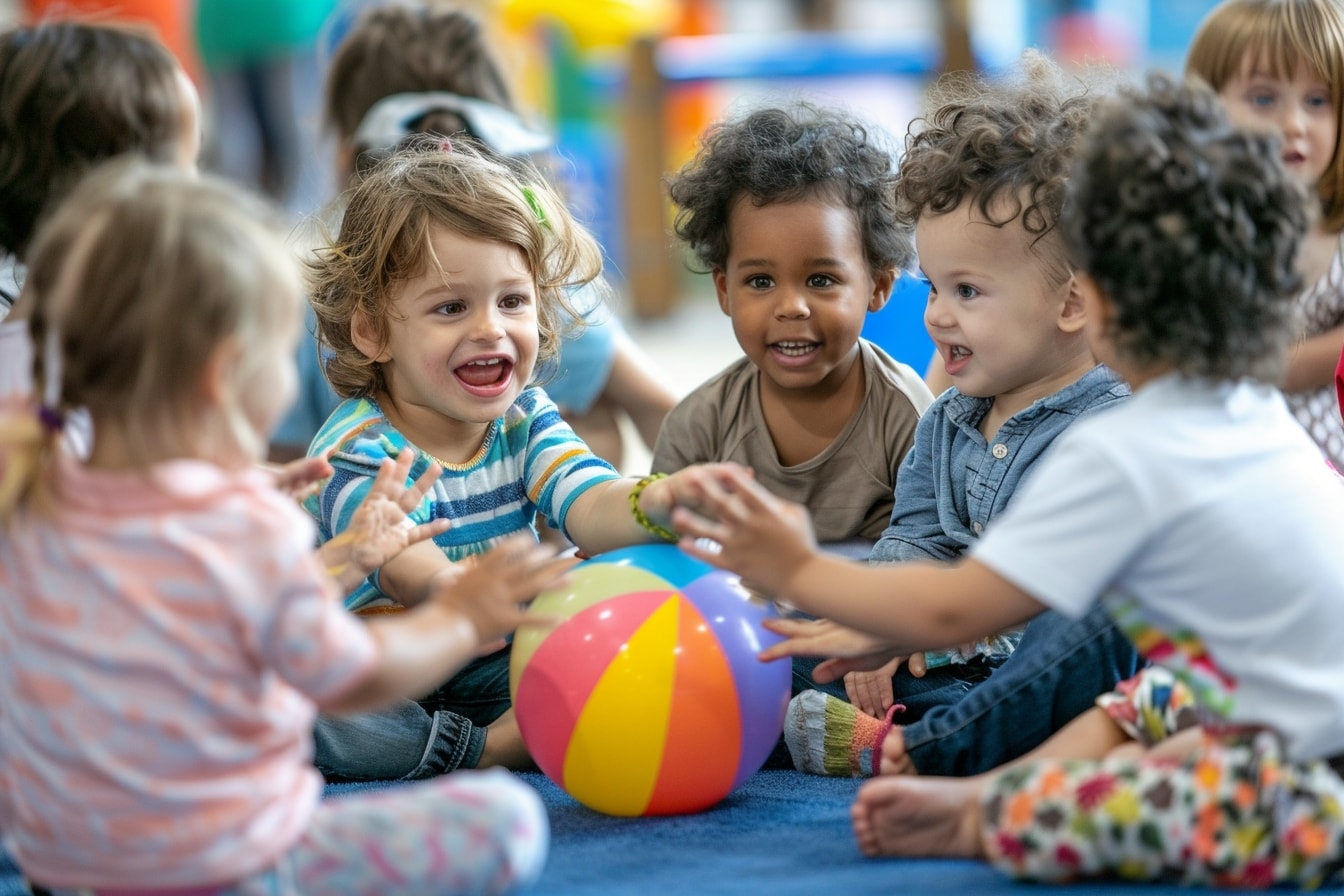
Fostering Social Interaction
Picture a group of toddlers giggling and playing together in a sun-drenched playground, their laughter echoing through the air as they chase each other in a game of tag. These moments of social interaction are more than just fleeting instances of fun—they are essential building blocks of friendship, empathy, and connection that shape our children’s social development.
From the earliest days of life, babies are drawn to the faces and voices of others, seeking out human connection and companionship. And as they grow into toddlers, they begin to explore the world of relationships in new and exciting ways, forging bonds with peers and caregivers that lay the foundation for future social interactions.
But fostering social interaction in toddlers goes beyond simply arranging playdates or group activities—it’s about creating a nurturing environment where children feel safe, supported, and valued. One of the best ways to promote social interaction is through collaborative play.
- Collaborative play encourages toddlers to work together towards a common goal, whether it’s building a tower of blocks, putting on a puppet show, or solving a puzzle. By engaging in shared experiences, children learn valuable lessons in cooperation, communication, and compromise, laying the groundwork for healthy relationships later in life.
- Another important aspect of fostering social interaction is teaching toddlers the importance of empathy and kindness towards others. Encourage your child to express their feelings and listen attentively to the emotions of their peers, validating their experiences and offering support when needed. Model positive social behaviors and reinforce the value of friendship and compassion in your interactions with others.
- But social interaction isn’t just about playing with friends—it’s also about learning to navigate the complexities of group dynamics and social norms. Help your child develop essential social skills like sharing, taking turns, and respecting personal boundaries through gentle guidance and encouragement. Provide opportunities for your child to practice these skills in a variety of settings, from the playground to the classroom to the family dinner table.
- And let’s not forget the importance of celebrating diversity and inclusivity in social interactions. Encourage your child to embrace differences and appreciate the unique qualities of others, fostering a sense of belonging and acceptance in their peer group. Teach them to stand up for themselves and others in the face of injustice, empowering them to be agents of positive change in their communities.
But perhaps the greatest reward of fostering social interaction in toddlers is witnessing the joy and camaraderie that comes from building meaningful relationships with others. So why not embrace the magic of social interaction with your child and watch as they blossom into confident, compassionate individuals who are ready to take on the world?

Encouraging Cognitive Growth
Imagine your toddler’s face lighting up with excitement as they tackle a new puzzle, their eyes sparkling with determination as they piece together each intricate shape. These moments of cognitive growth are more than just exercises in problem-solving—they are opportunities for exploration, discovery, and intellectual development that shape the way our children perceive and interact with the world.
From the earliest days of life, babies are natural-born explorers, eager to make sense of the sights, sounds, and sensations that surround them. And as they grow into toddlers, they embark on a journey of cognitive growth, honing their abilities to think critically, reason logically, and solve problems creatively.
But fostering cognitive growth in toddlers goes beyond simply presenting them with challenges—it’s about creating an environment that stimulates their curiosity, encourages their exploration, and empowers them to take risks and make discoveries. One of the best ways to promote cognitive growth is through open-ended play.
- Open-ended play encourages toddlers to use their imagination and creativity to explore the world around them. Whether it’s building with blocks, creating art, or engaging in dramatic play, these activities provide endless opportunities for cognitive development as children experiment, problem-solve, and innovate.
- Another important aspect of fostering cognitive growth is providing toddlers with opportunities for hands-on exploration and discovery. From exploring nature in the backyard to conducting simple science experiments in the kitchen, these experiences allow children to engage all their senses as they learn about the world in a meaningful and memorable way.
- But cognitive growth isn’t just about acquiring knowledge—it’s also about developing essential skills like attention, memory, and executive function. Encourage your child to engage in activities that challenge their brain, such as memory games, sorting activities, and puzzles. These activities help to strengthen neural connections in the brain, laying the foundation for future learning and academic success.
- And let’s not forget the importance of fostering a growth mindset in toddlers. Encourage your child to embrace challenges and mistakes as opportunities for learning and growth, rather than obstacles to be avoided. Celebrate their efforts and achievements, no matter how small, and instill in them a sense of confidence and resilience that will serve them well throughout their lives.
But perhaps the greatest reward of encouraging cognitive growth in toddlers is witnessing the joy and wonder that comes from unlocking the mysteries of the world around them. So why not embrace the magic of cognitive growth with your child and embark on a journey of discovery together?
As we reach the end of our exploration into the world of DIY toddler games and educational playtime, I can’t help but feel a sense of joy and gratitude for the journey we’ve shared together. From the magic of sensory play to the wonders of fine motor skills, from the beauty of language development to the joys of social interaction and cognitive growth, we’ve discovered a treasure trove of opportunities for enriching our children’s lives and nurturing their growth and development.
But beyond the practical tips and insightful advice, what truly stands out to me is the profound connection that comes from engaging in meaningful play with our toddlers. In these moments of laughter and learning, we forge bonds that transcend the boundaries of age and experience, creating memories that will last a lifetime.
So as we bid farewell to this chapter, I want to leave you with a simple yet powerful message: embrace the magic of play. Whether it’s building forts out of blankets, splashing in puddles after a rainstorm, or simply sharing a story before bedtime, every moment spent playing with your child is an opportunity to connect, to learn, and to grow together.
So go ahead—unleash your inner child, let your imagination run wild, and rediscover the joy of playtime with your little one. And remember, the greatest gift you can give your child is not just toys or games—it’s your time, your attention, and your love.
So here’s to the endless adventures that lie ahead, the countless memories waiting to be made, and the boundless possibilities that come from embracing the magic of play. May your days be filled with laughter, learning, and love as you continue on this beautiful journey of parenthood.
Thank you for joining me on this adventure, and until next time, happy playing!
Want to take your knowledge to the next level? Check out these must-read articles:
- Toddler Yoga: Simple Poses for Mindful Playtime
- Puzzle Playtime: Choosing the Right Puzzles for Toddlers
Organize your baby’s wardrobe with our baby clothes closet organizer products! Our organizers are designed specifically for baby clothes. Get your baby’s clothes neat and tidy with our selection of organizers – shop now!
Step into Sue Brown's World of Baby Care, where you'll find a treasure trove of knowledge and wisdom waiting to be explored. Sue's dedication to providing accurate and up-to-date information on baby care shines through in every article, blog post, and resource she shares. From newborn essentials to sleep training tips, breastfeeding advice to nurturing your baby's development, Sue covers a wide range of topics that are essential for every parent to know. Her warm and compassionate approach creates a sense of community and reassurance, making her website a safe haven for parents seeking guidance and support. Let Sue Brown be your partner in this beautiful journey of parenthood, as she empowers you to create a loving, nurturing, and thriving environment for your little one.
- Indoor Air Quality for Infant Respiratory Health - October 20, 2025
- Positive Discipline Foundations: Setting the Stage From Infancy - October 18, 2025
- 2025’s Most Innovative Baby Products Worth the Investment - October 16, 2025

